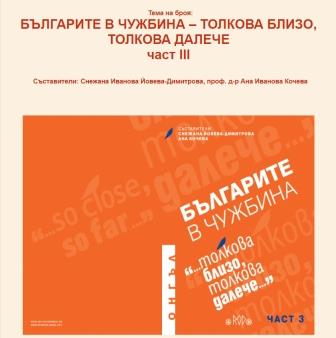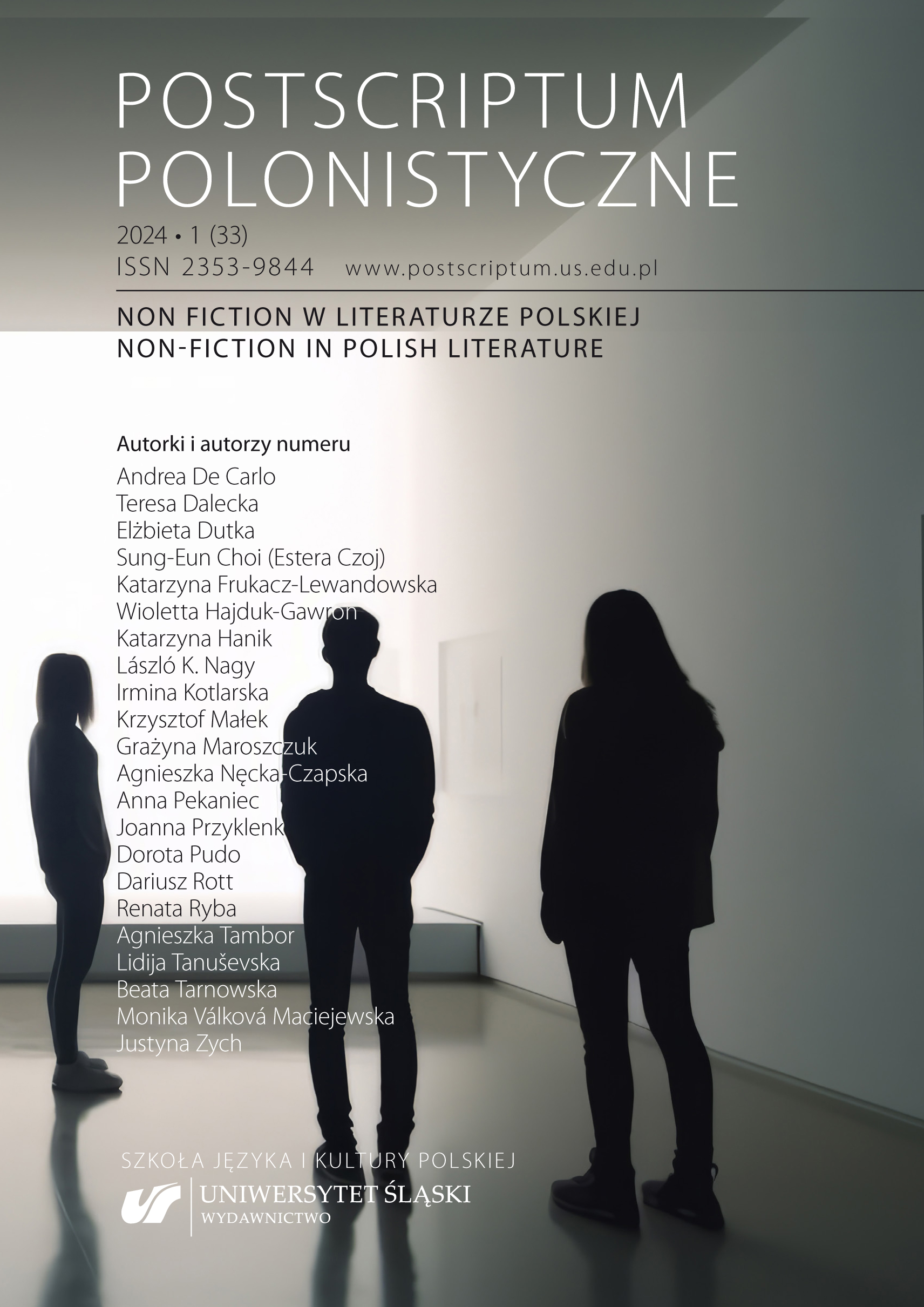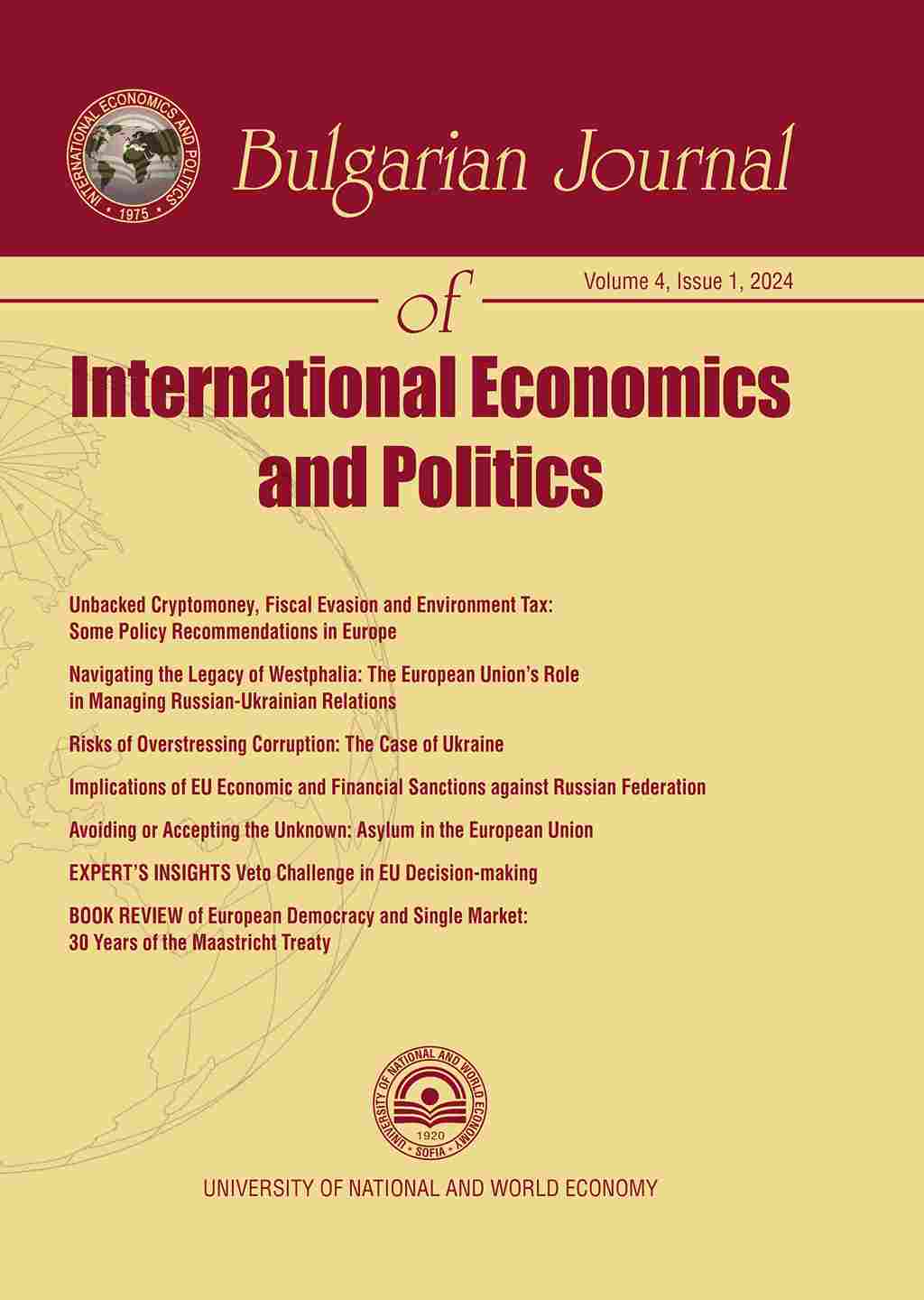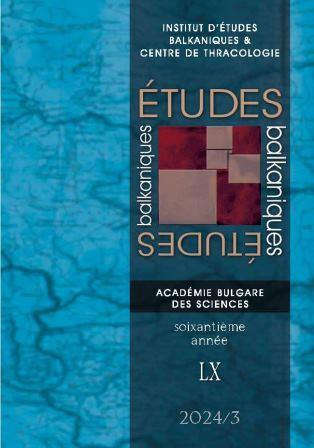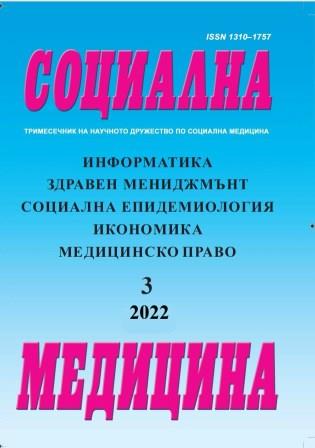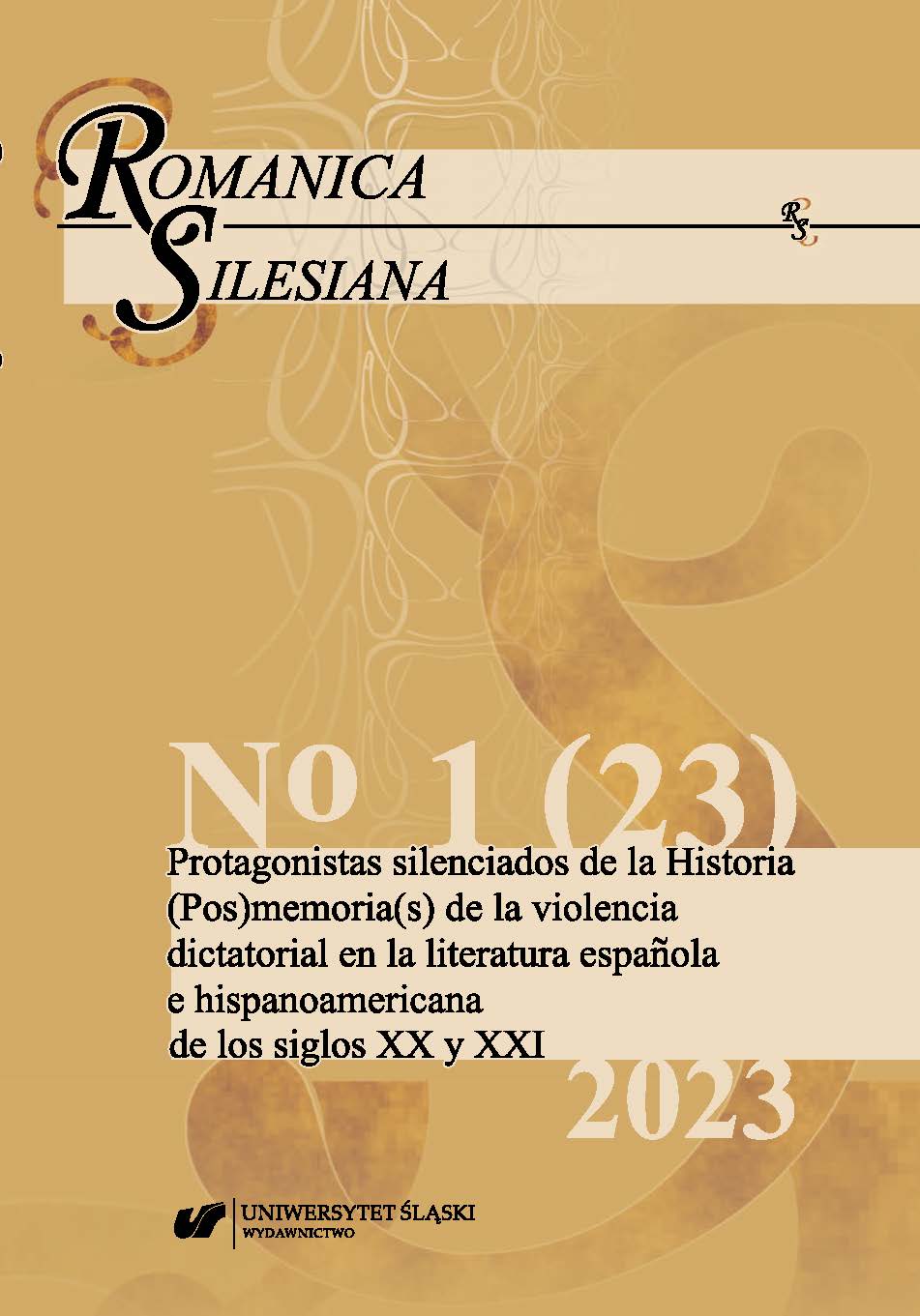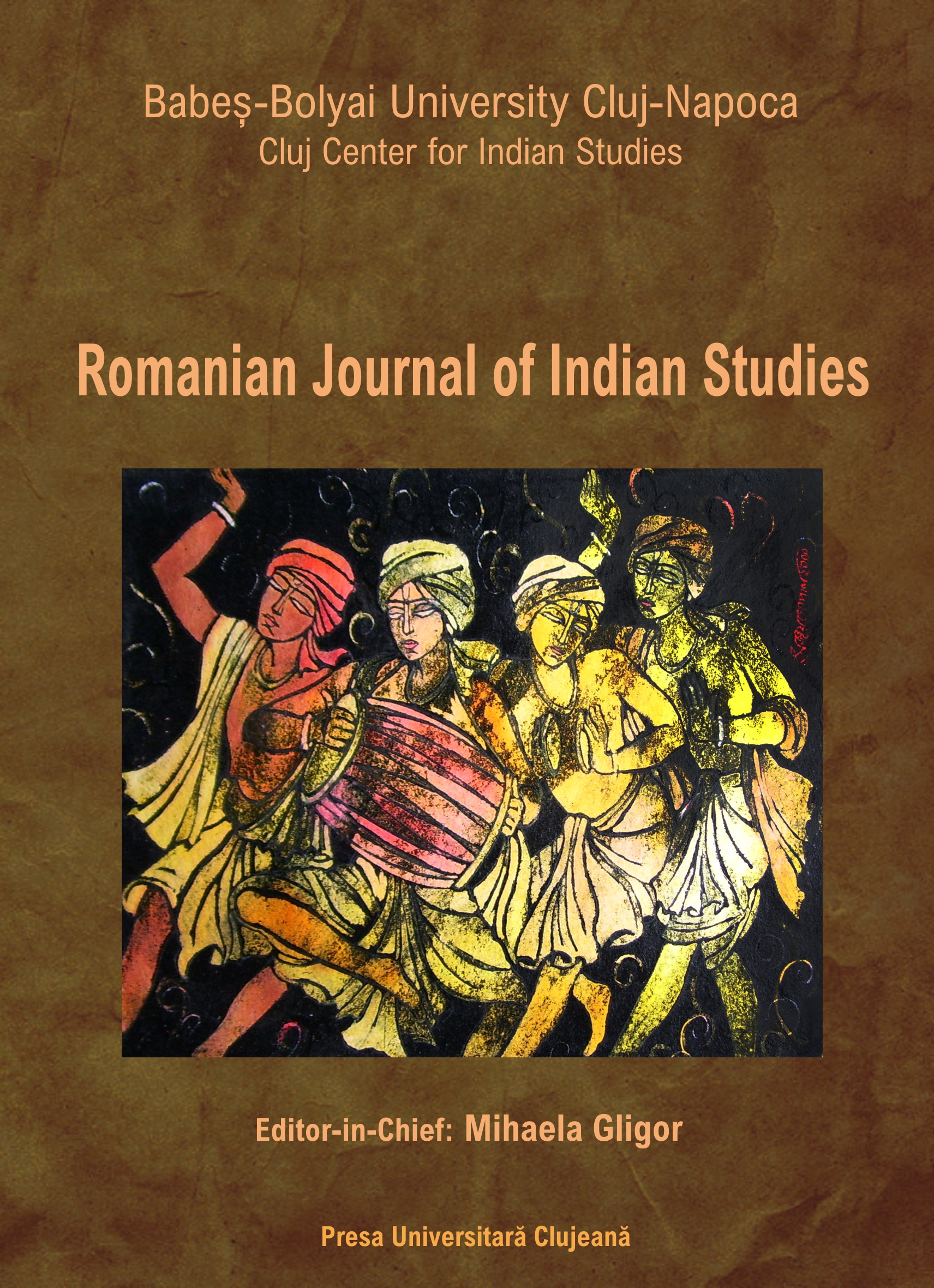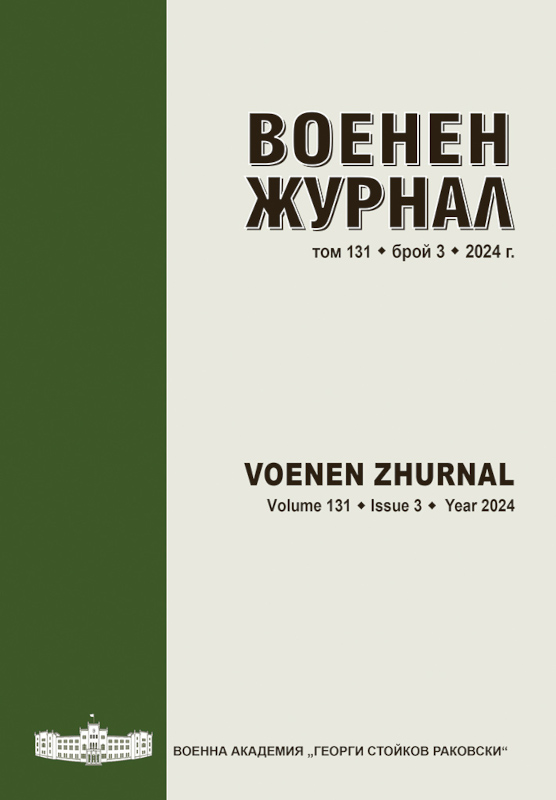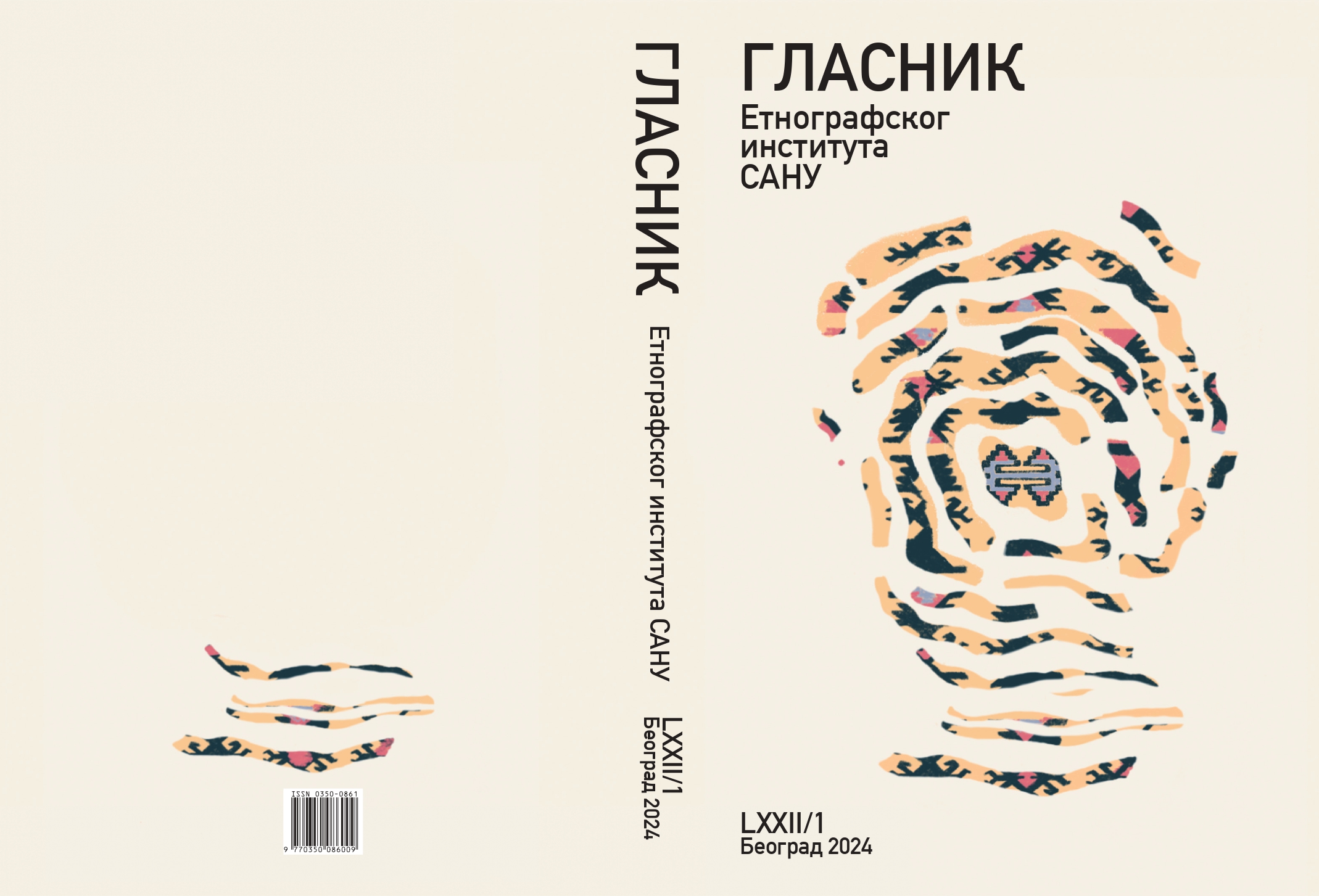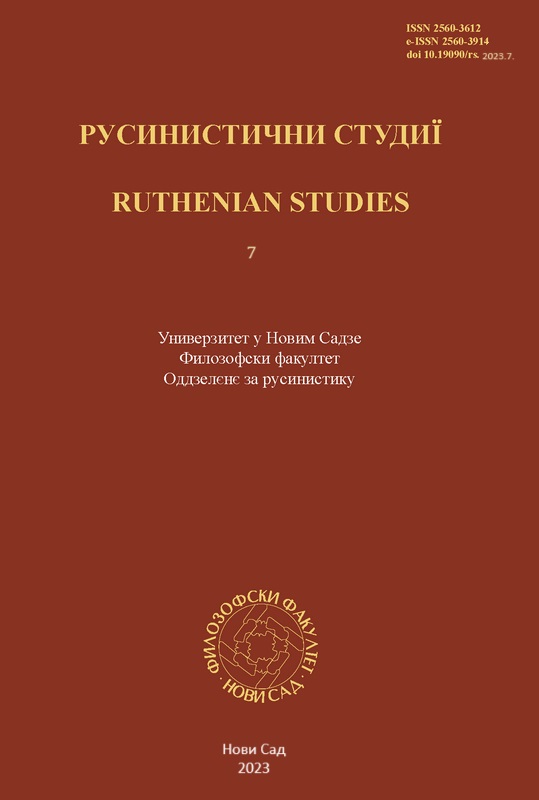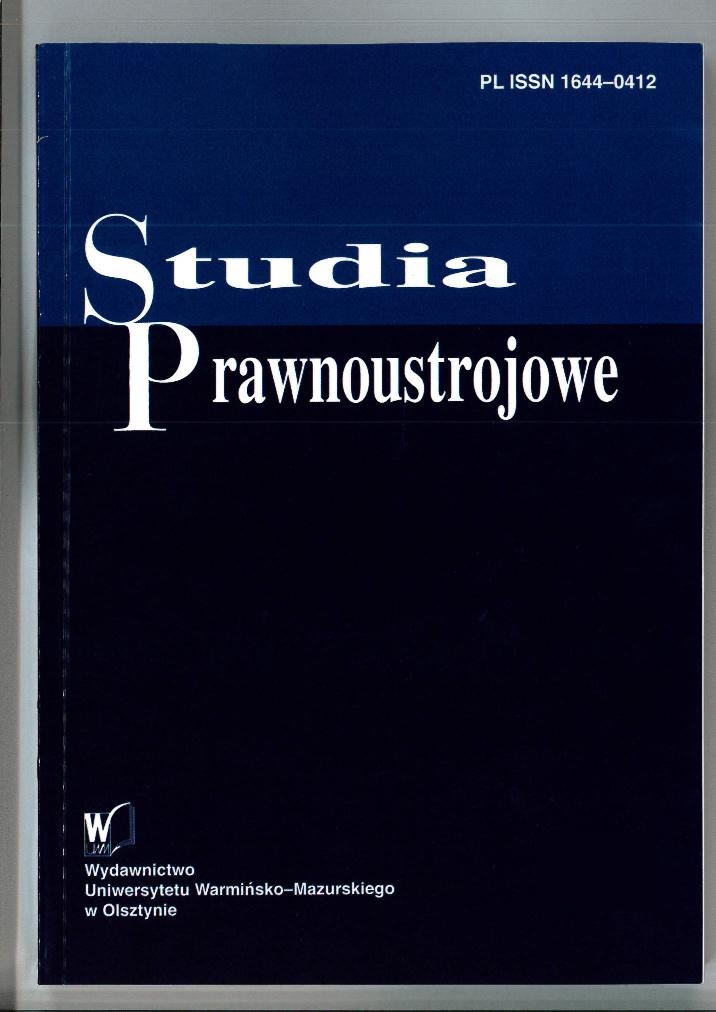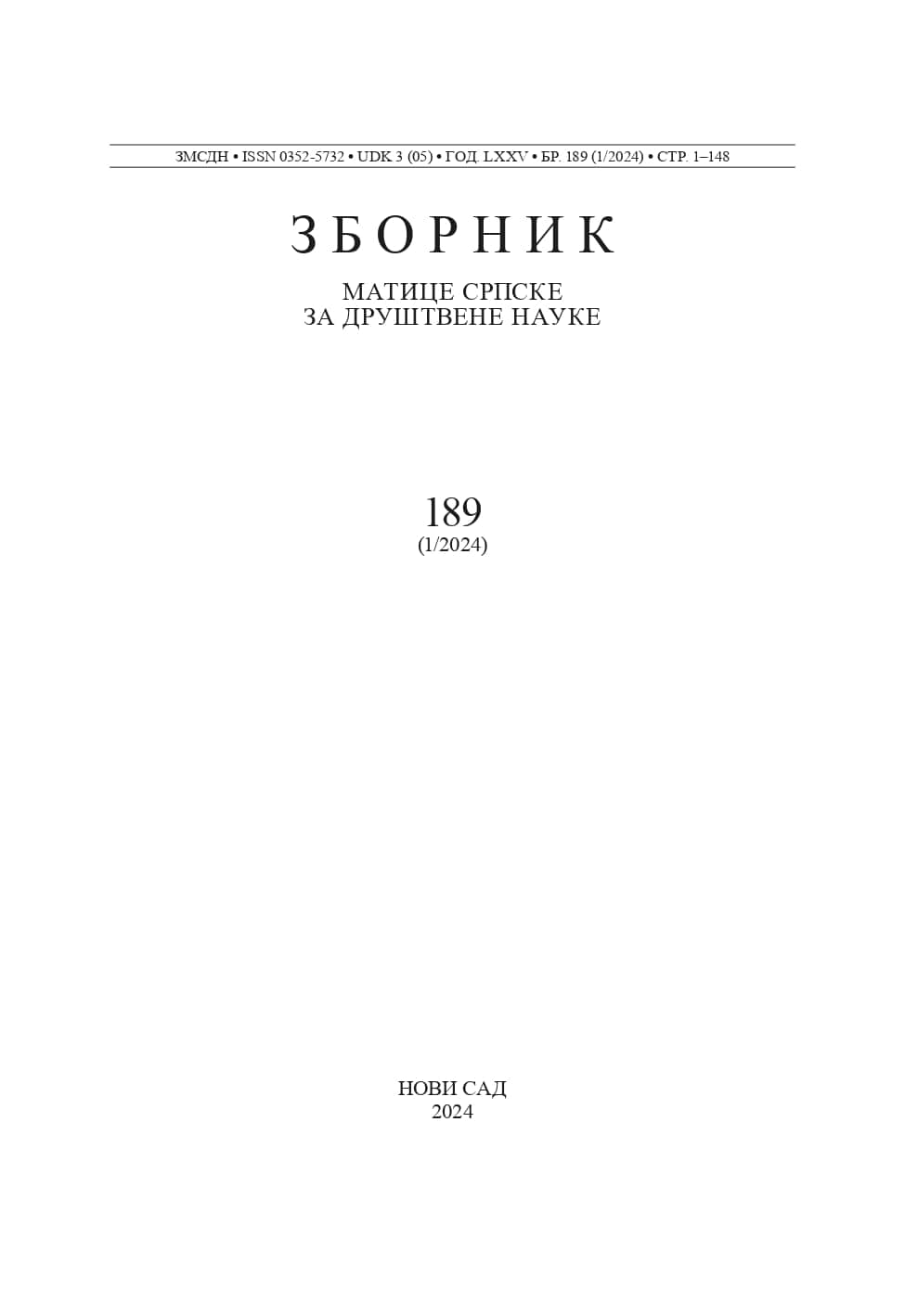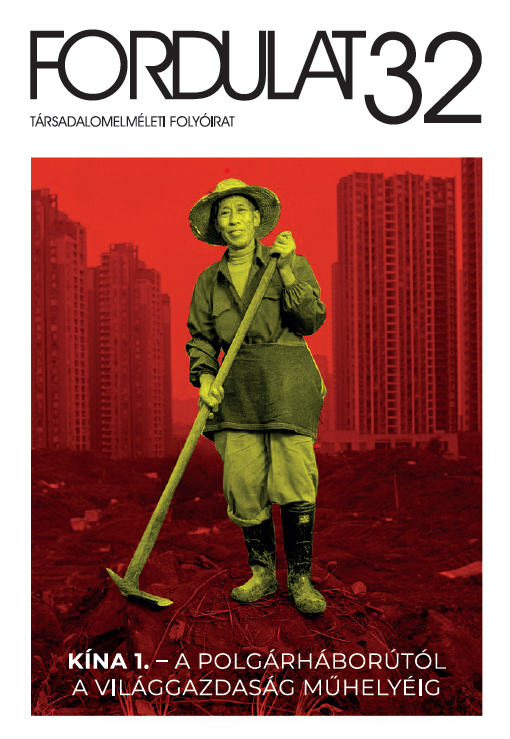
Kína – Szocialista kísérlet a kapitalista világgazdaságban
The aim of this issue is to add a perspective to the debate on China's increased global role - and thus its emerging influence in Hungary and the region - that can interpret the history of Chinese socialism and its post-reform economic growth within the dynamics of global capitalism.The first study, entitled "Sorghum and Steel", begins with a discussion of the political and economic circumstances of the Communist takeover in 1949, and then analyses the process of socialist industrial development, illuminating the political struggles through the contradictions of the economic process. In discussing the socialist period, Chuang concludes that by the 1970s, the socialist industrial development effort seemed to have collapsed under its own contradictions.The second, "Red Dust", starts the story of reform and opening from here, but also adds the context of global capitalism and Cold War geopolitics to the internal dynamics of socialist industrial development. Within this relational framework, Chuang analyses the increasingly intense influx of Western investment into the region from the 1970s onwards, the Japanese miracle and subsequent crisis, and the region's staggered waves of industrial expansion ('flying wild geese' model), all as part of a compensatory effort motivated by the crisis of the post-World War II cycle, culminating in China's post-opening transformation. The analysis concludes with a description of the rapid post-opening industrialization, the disintegration of the socialist work and residence-based benefit system, and the urban migrant labour force as a new class.
More...
